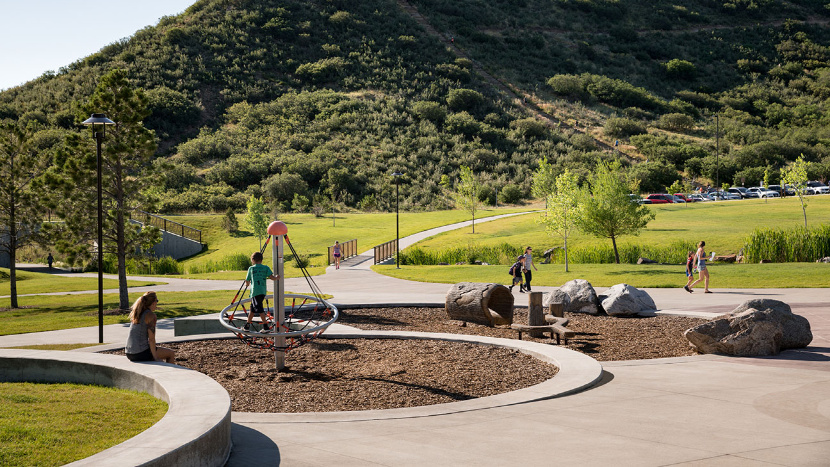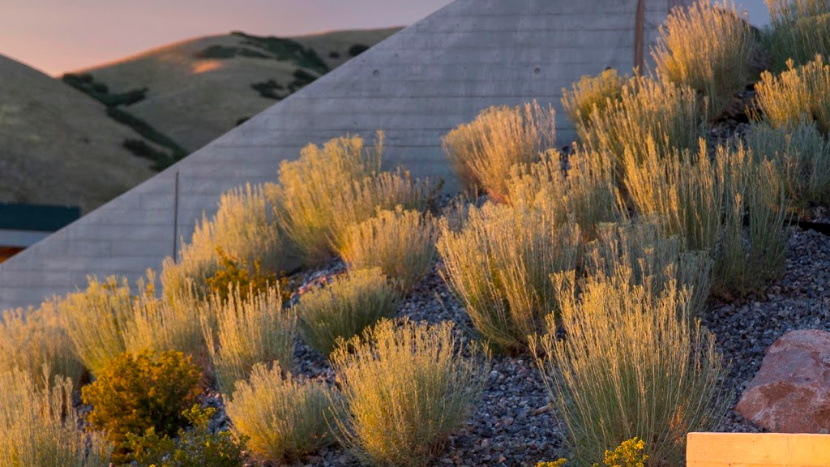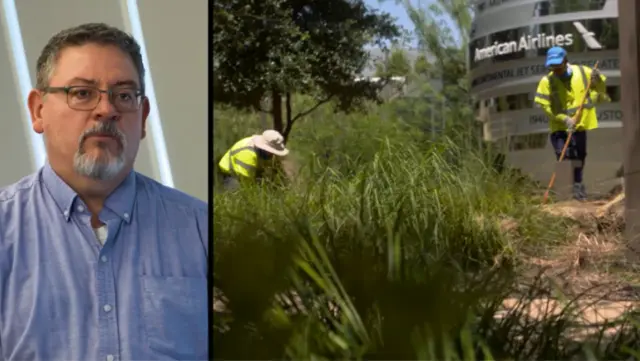
Organic Mulch vs. Inorganic Mulch
What’s the Difference?
Mulching is one of the most beneficial things you can do for your property. You are literally placing a protective barrier around your plants, trees and shrubs and over your bare soil.
Landscaped beds suppress weeds, retain soil moisture better, and are more drought-resistant than bare ones. They also protect the soil against erosion and reduce compaction during heavy rains. From an aesthetic perspective, a mulched property is more vibrant, has a more polished look and feel and better curb appeal.
Mulch should be applied twice each year, spring and fall. The application in spring should be after the landscape has had its spring cleaning and the turf has been edged. In the fall the best time is late summer to late fall, to help insulate your plants through the winter months.
There are two principle types of mulch—organic and inorganic—and they each have their pros and cons.
Organic Mulch

Organic mulches originate from living materials. They can consist of grasses, leaves, straw, shredded bark, pine needles or compost.
Organic mulches help condition the soil, even inviting earthworms to naturally aerate the soil, and help reduce with soil compaction. While decomposing, they add nutrients such as potassium, nitrogen, phosphorus and trace elements to the soil. But because they decompose, they will have to be replaced on a regular basis.

Inorganic Mulch
Inorganic mulches consist of synthetic materials - plastics, landscape fabrics (geotextiles), stones, and rocks. They are generally used because the materials don’t decompose, or only break down after extended periods of time. Thus replacement costs are reduced. While organic mulches are the more preferred choice due to their soil improving qualities, inorganic options have their place.
Gravel and river stone work well for plants that like additional heat and require good drainage. Gravel and river stone are also good choices for purely aesthetic purposes where plantings are few or non-existent. BrightView normally does not recommend plastics and landscape fabrics but in specific situations will. They reduce wind and soil erosion, help warm the soil and radiate heat better than some organic options for certain plantings.
Mistakes to Avoid
Whichever option you select, consider the following before you get started.
- Be careful not to over mulch. Never have more than a 3 inch depth of mulch.
- Keep mulch 1 to 3 inches away from a tree’s trunk. This can lead to bark rot and other root and trunk diseases.
Let Us Help You Decide
Your choice of mulch materials should be a part of your landscape design. It is one of the most cost-effective and beneficial practices for weed control and visually improving your landscape. Contact your local BrightView landscaping design team to help you customize your property



